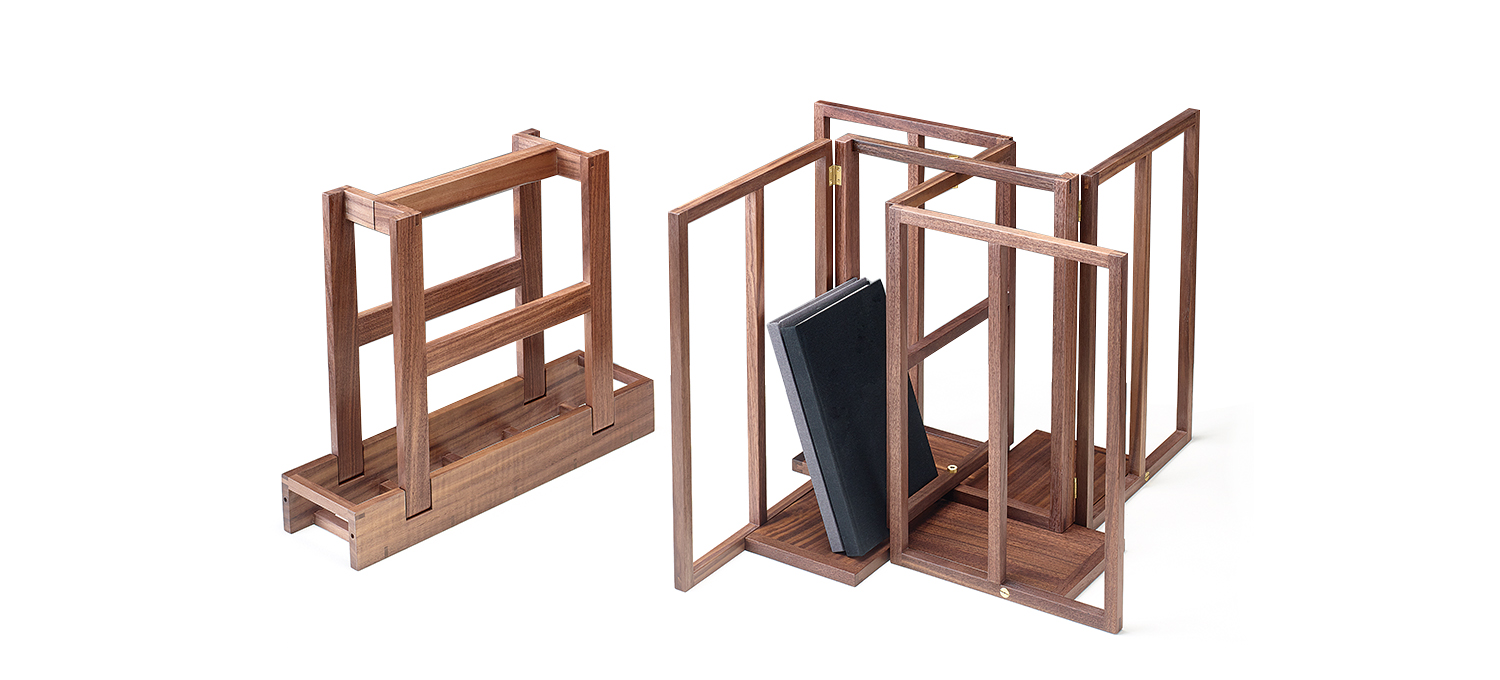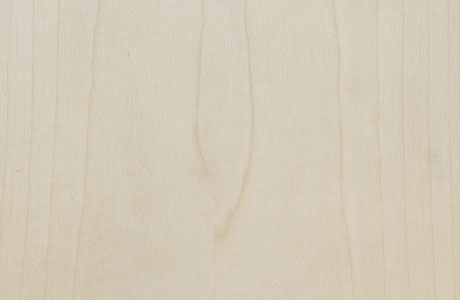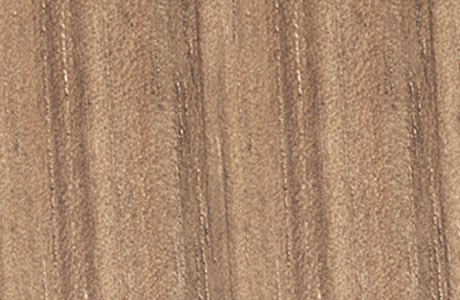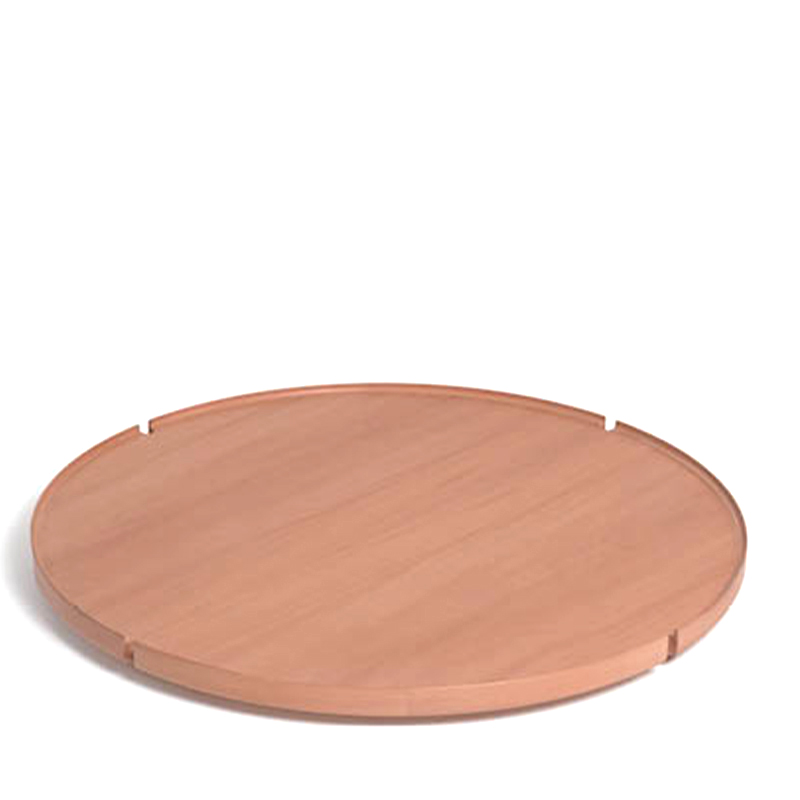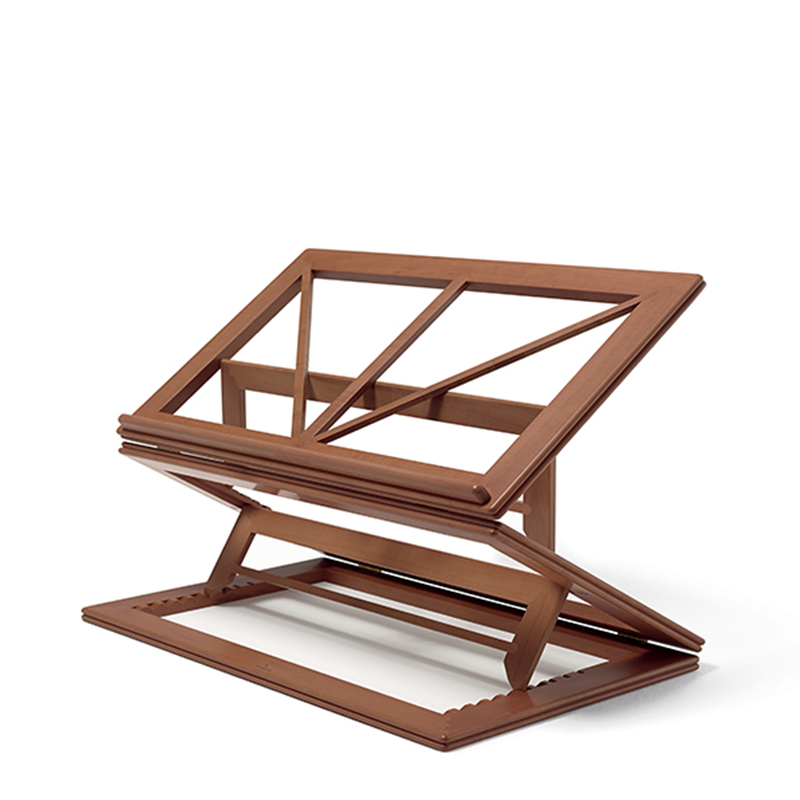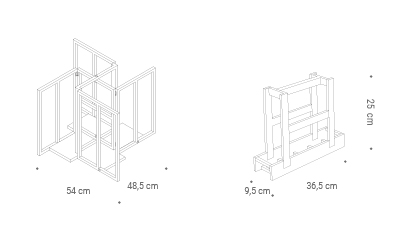It folds up on itself, just like a fit athlete. The wood doesn’t twist, it’s held together by solid hinges, with a compact structure similar to that of a racquet (for carrying, I explained, and everyone laughed!). It has now been modified, with my consent, by Bottega Ghianda. It is particularly compact, and can be carried under your arm or rested on a table. Designed a long time ago, a friend of mine saw a sample laid on the ground and said to me, horrified, “it’s a swastika!”. I asked myself how come I hadn’t seen that? I checked in an encyclopedia and breathed a sigh of relief: it was an antique symbol of sun and love, its arms turned in the opposite way to the Nazi symbol. Bottega Ghianda asked me to design something for their collection. I looked through the catalogue and saw some beautiful objects. I remembered a small bookcase whose production had been halted some time ago; I sent some photos and a design. It was accepted – here it is.
Product Details
Technical specifications
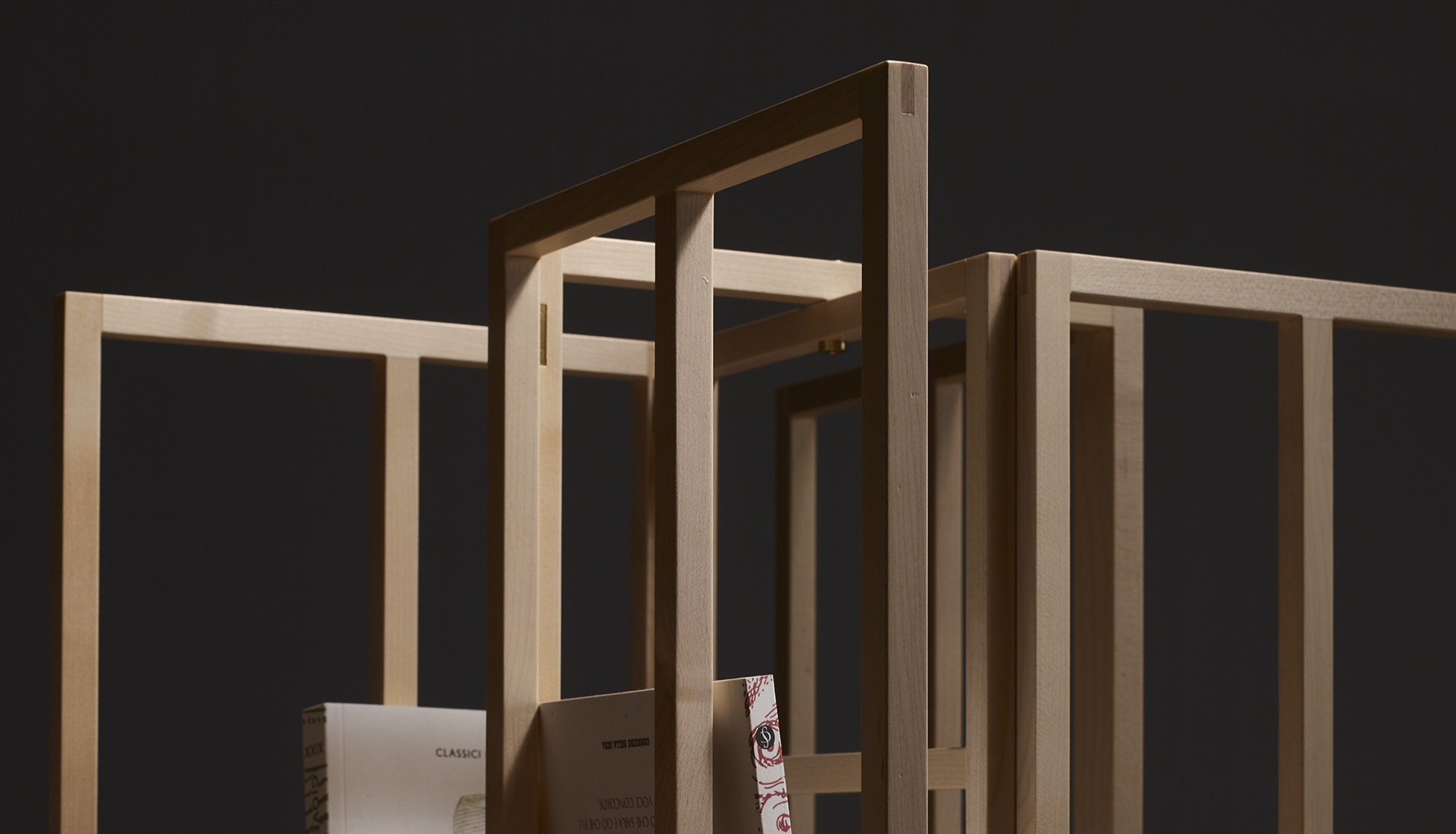
Essence and finishings
Bottega Ghianda carefully selects the quality of materials such as essences, leathers and fine fabrics that make each product unique.
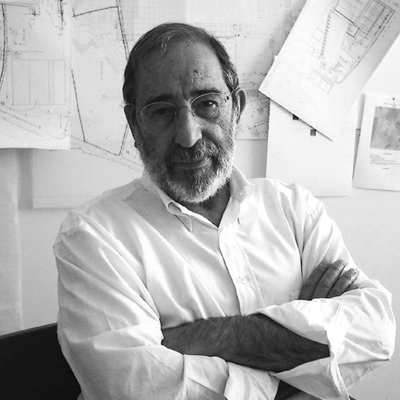
Álvaro Siza
Álvaro Joaquim de Melo Siza Vieira was born in 1933 in Matosinhos, near Porto. From 1949 to 1955 he attended the Faculty of Architecture at the University of Porto. Between 1966 and 1969 he taught at the School of Fine Arts in Porto, and in 1976 he was awarded the title of professor in the discipline of Construction, after that he teaches at the Faculty of Architecture in Porto. He is an honorary professor at Southeast University China and the China Academy of Art as well as an honorary partner of the Academy Schools of Architecture and Urbanism of Portuguese language. Many of his works can be found in Porto: Boa Nova Tea House (1963), the Faculty of Architecture (1987-93), Serralves Museum of Contemporary Art (1997). From 1995 to 2009 he worked on the project of the Museum of Architecture on the island of Hombroich in collaboration with Rudolf Finsterwalder. In July 2014 Siza announced his decision to donate the majority of his archive to the Canadian Centre for Architecture (CCA) in Montreal, Quebec - Canada, to make his materials accessible alongside the work of other modern and contemporary architects.
